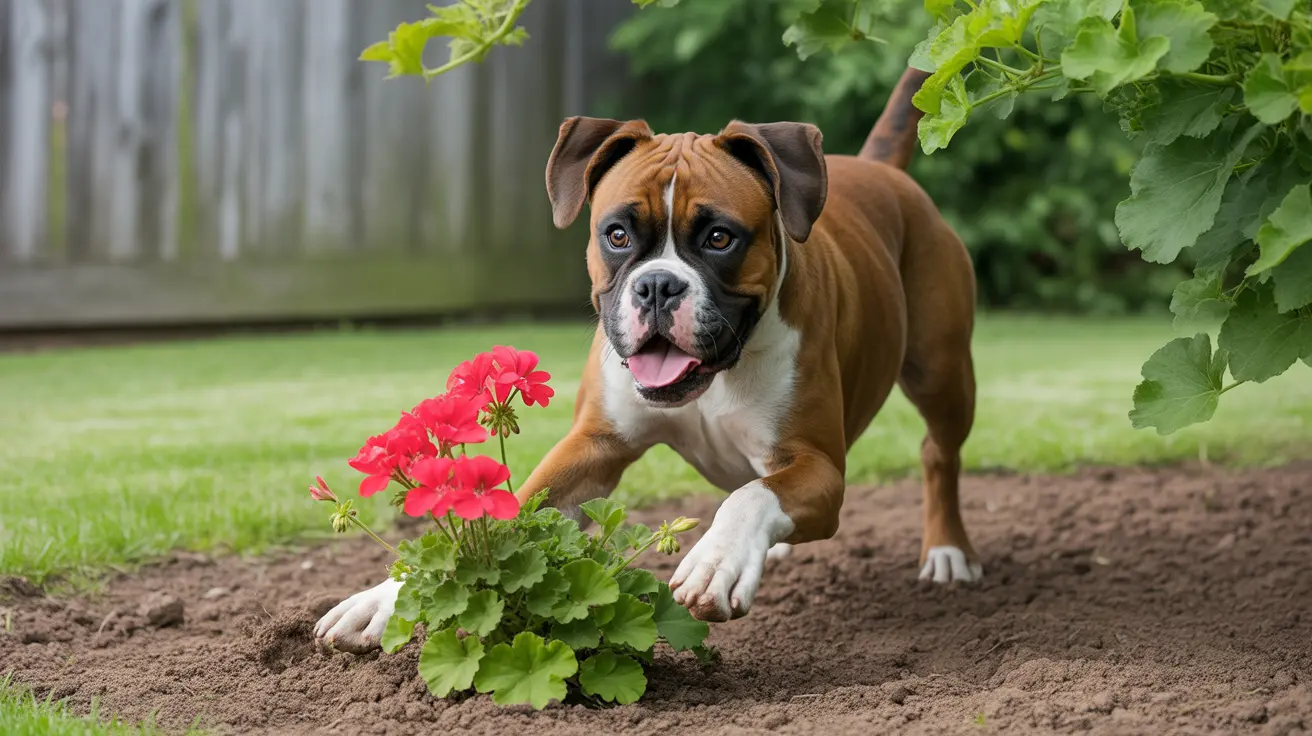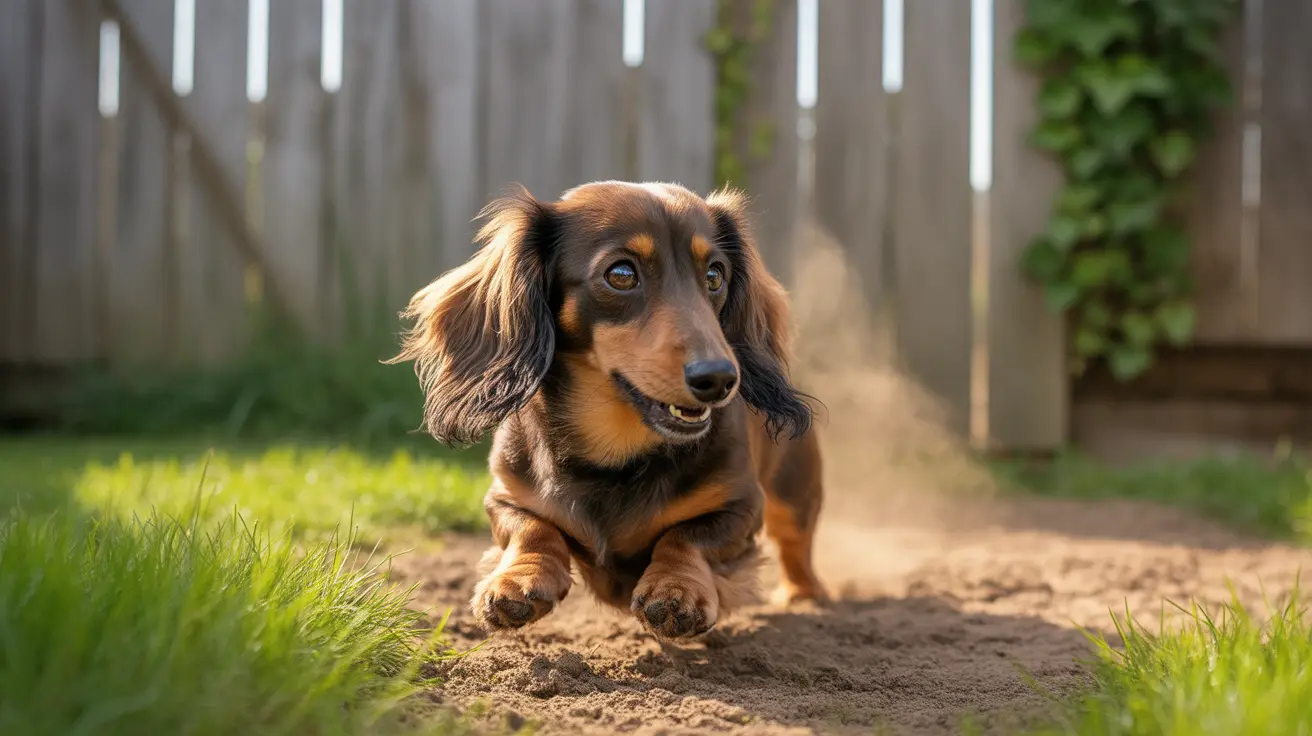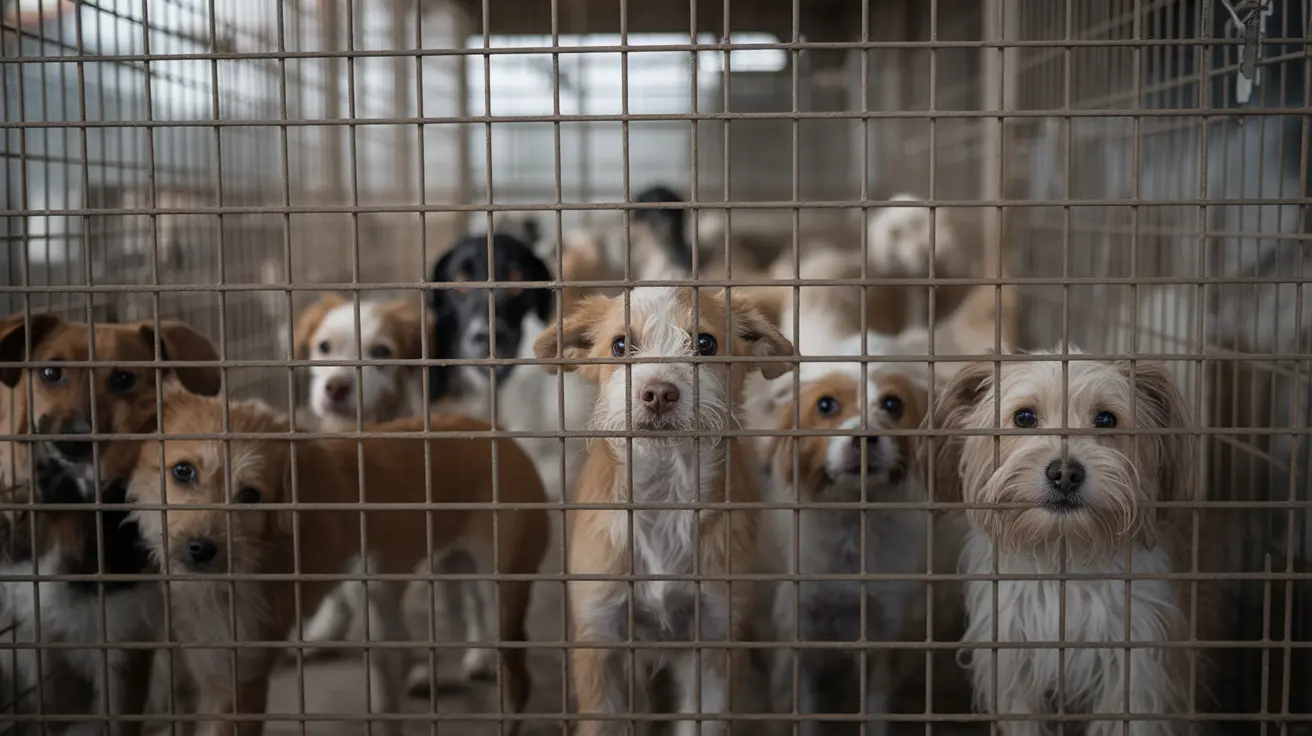Can Dogs Eat Lettuce? A Complete Guide for Pet Owners
Lettuce is a staple in many human diets, but pet owners often wonder if this leafy green is safe for their furry companions. The good news is that dogs can eat lettuce in moderation. While not essential to a canine diet, lettuce can serve as a hydrating, low-calorie treat when properly prepared and served in appropriate portions.
What Types of Lettuce Can Dogs Eat?
Most common types of lettuce are non-toxic and safe for dogs. These include:
- Romaine lettuce
- Iceberg lettuce
- Arugula
- Butterhead lettuce
- Green leaf lettuce
- Red leaf lettuce
While all these varieties are generally safe, romaine and green leaf lettuces are more nutritious options than iceberg, which is mostly water and offers fewer nutrients.
Nutritional Benefits of Lettuce for Dogs
Lettuce is composed of over 90% water, making it an excellent treat for hydration, especially in warmer weather. It also contains:
- Fiber: Supports digestion and bowel health
- Vitamins A, C, and K: Help boost immunity and support skin, coat, and eye health
- Folate, potassium, and iron: Essential micronutrients for overall wellbeing
- Antioxidants: May help reduce inflammation and promote cell health
How Much Lettuce is Safe?
Moderation is key when offering lettuce to dogs. Treats, including vegetables, should not exceed 10% of a dog’s total daily caloric intake. Recommended serving sizes are:
- A small piece for extra-small breeds
- Up to 1/2 cup of chopped lettuce for medium to large breeds
- Up to 1 cup for very large dogs
Always introduce new foods gradually and monitor your dog for any signs of discomfort or allergies.
Risks and Precautions
Despite being safe in small amounts, lettuce can pose certain risks if overfed or improperly prepared:
- Digestive upset: Large quantities can cause diarrhea, gas, bloating, or vomiting
- Choking hazard: Especially for small dogs or puppies if not chopped adequately
- Low digestibility: Dogs are not efficient at breaking down plant material due to limited amylase production in saliva
Some leafy greens like kale and spinach contain compounds such as oxalic acid and isothiocyanates, which can interfere with calcium absorption and irritate the digestive tract in large amounts.
Safe Preparation Tips
- Wash thoroughly: To remove pesticides and bacteria like E. coli or Salmonella
- Cut into small pieces: To improve digestibility and reduce choking risks
- Serve plain: Avoid dressings, oils, or toppings like onions, garlic, grapes, or nuts, which are toxic to dogs
- Choose organic: Reduces exposure to harmful chemicals
When to Avoid Lettuce
You should avoid feeding lettuce to your dog if:
- They show signs of gastrointestinal distress after consuming it
- They're allergic or hypersensitive to new foods
- The lettuce is mixed with unsafe salad ingredients
If symptoms like vomiting or diarrhea persist, consult a veterinarian immediately.
The Verdict: A Crunchy Treat in Moderation
Dogs don't need lettuce, but it can be a safe and enjoyable treat when given responsibly. Focus on darker greens like romaine, avoid overfeeding, and include lettuce only as a supplement to a well-balanced, meat-based diet.
Some dogs may dislike the texture or bland taste of lettuce. If your dog isn’t interested, don’t force it. There are many other healthy vegetables that might better suit your pup's palate.
Consult your Veterinarian
Before introducing any new food into your dog's diet, it's wise to have a conversation with your vet. This becomes especially important if your pet has underlying health conditions that could be affected by dietary changes.
Including safe vegetables like lettuce in moderation, combined with clean water and quality commercial dog food, can support your pet’s health and happiness.





